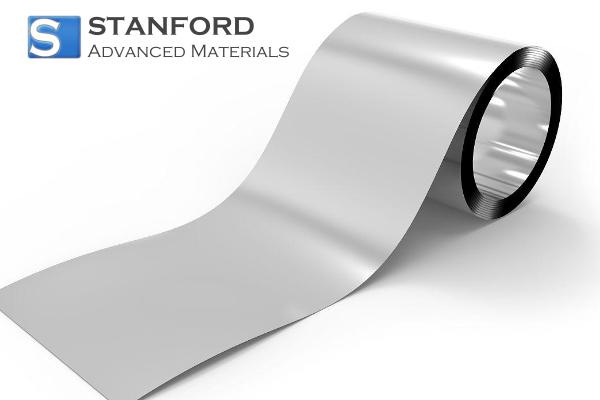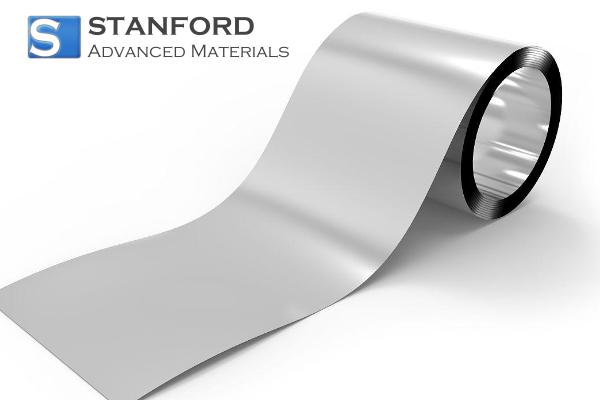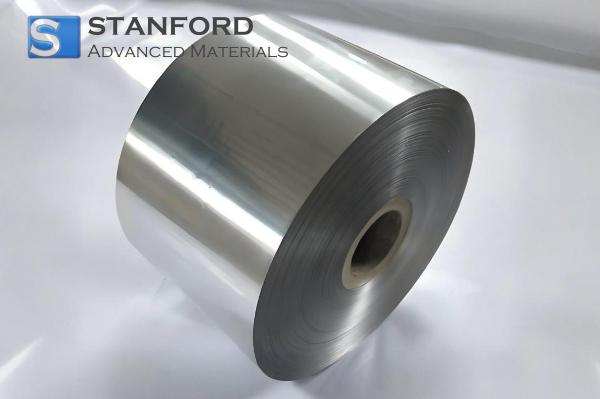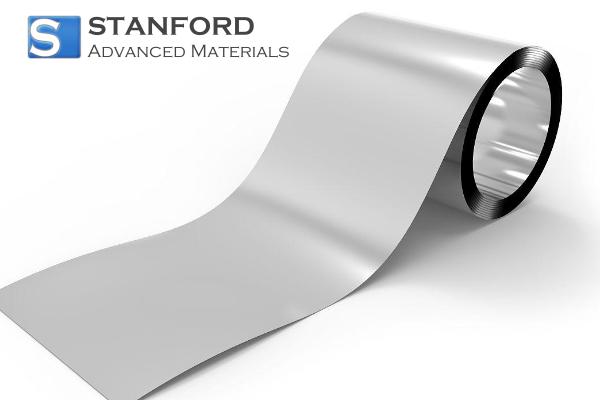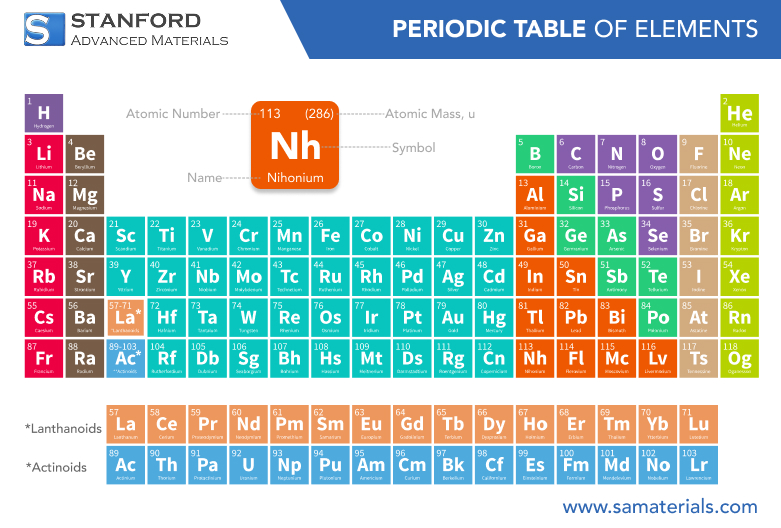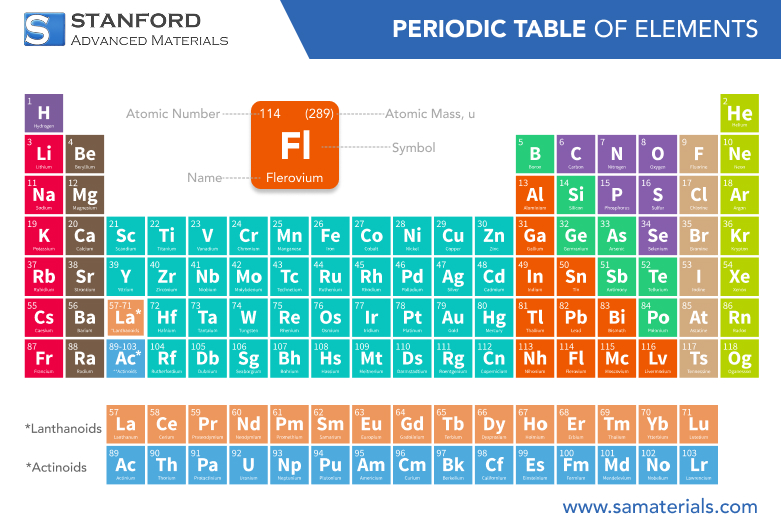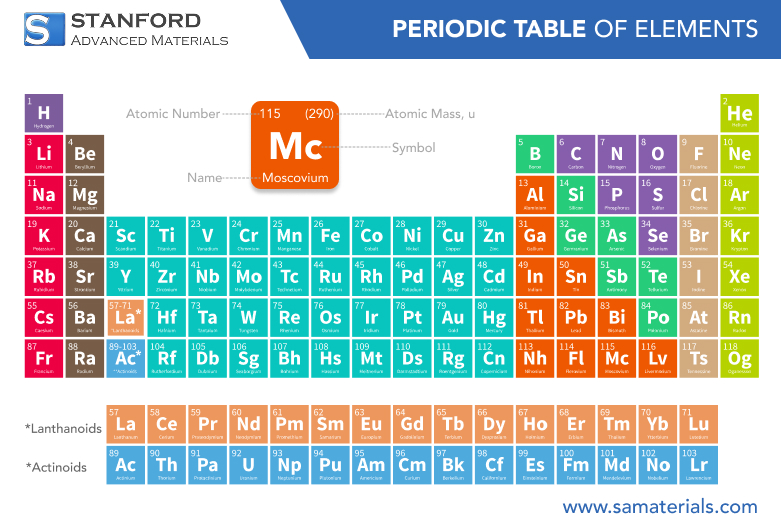Copernicium: Element Properties and Uses
Description
Copernicium (Cn) is a highly radioactive, synthetic metal with an atomic number of 112. It is extremely unstable, with only short-lived isotopes. Due to its rapid decay, its physical and chemical properties are not well understood, but it is predicted to be a dense, volatile metal.
Introduction to the Element
Copernicium is a synthetic element with the atomic number 112 and is named in honor of the renowned astronomer Nicolaus Copernicus. First synthesized in the mid-1990s by nuclear scientists at the GSI Helmholtz Centre for Heavy Ion Research in Darmstadt, Germany, Copernicium has attracted significant scientific interest due to its extreme instability and rapid decay. For more information, please check Stanford Advanced Materials (SAM).
Chemical Properties Description
The chemical properties of Copernicium remain largely theoretical because only a minimal number of atoms can be produced and observed. Predictions suggest that Copernicium may exhibit metallic characteristics; however, its location at the border of the periodic table—close to the noble gases—introduces unique behavior. The element’s electron configuration is significantly affected by relativistic effects, which might impart unexpected inertness in some oxidation states.
Common Uses
Due to its synthetic and highly unstable nature, Copernicium does not have common uses in everyday applications. Its production is strictly confined to specialized research laboratories, where it serves as a subject for high-energy nuclear experiments.
Frequently Asked Questions
What is Copernicium?
Copernicium is a synthetic, superheavy element with atomic number 112, named
after Nicolaus Copernicus and produced in specialized nuclear experiments.
How is Copernicium produced?
It is synthesized via fusion-evaporation reactions in particle accelerators,
where heavy target nuclei are bombarded with lighter ion beams.
What are the key chemical properties of Copernicium?
Its chemical properties are mostly predicted; the element is thought to display
metallic behavior influenced by relativistic effects, with unique oxidation
states.
Why is Copernicium significant for scientific research?
Studying Copernicium helps refine nuclear and chemical theories, providing
insights into electron behavior and the limits of nuclear stability.
Are there any practical applications for Copernicium?
Due to its extreme instability and short half-life, Copernicium is used solely
for research purposes and does not have direct industrial or commercial
applications.

